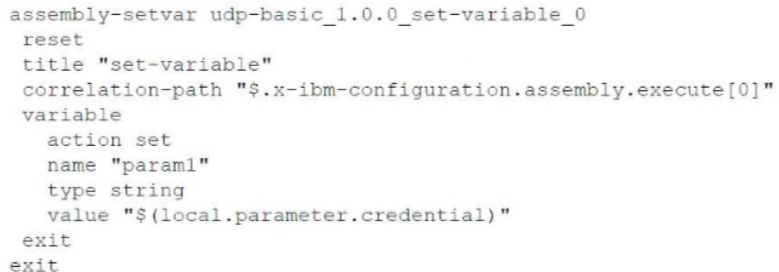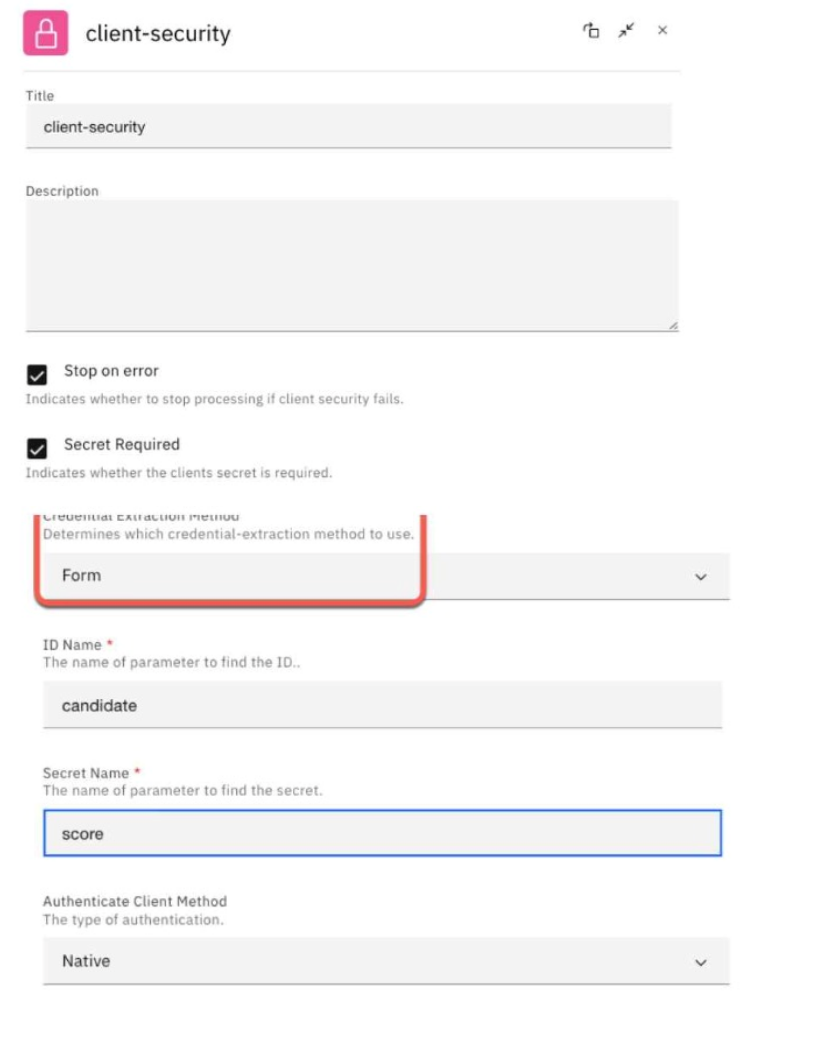Unlock Your IBM Career: Master IBM API Connect v10.0.3 Solution Implementation with C1000-138 Prep
For the policy JSON to XML to work, what needs to be followed for the Datapower API Gateway?
Correct : D
For the JSON to XML policy to work on the DataPower API Gateway, you need to configure the policy with the corresponding schemas to perform the transformation. The schemas define the structure and data types of the JSON and XML formats, allowing the policy to accurately convert between the two.
IBM API Connect: DataPower API Gateway Policies
IBM API Connect: JSON to XML Policy
Start a Discussions
What is the effect of enabled Spaces for the management of Consumer (applications, subscriptions, etc.)?
Correct : D
When Spaces are enabled in API Connect, Consumers, applications, subscriptions approvals, and analytics are now specific per Space. This means that each Space becomes an isolated environment for managing and controlling API usage within that specific context.
IBM API Connect: Managing Spaces
IBM API Connect: Understanding Spaces
Start a Discussions
The DevOps team would like to incorporate API unit testing into the build and deploy step.
What could the API Connect Test application create to allow unit testing of their APIs?
Correct : C
The API Connect Test application can create mock tests to allow unit testing of APIs. Mock tests simulate the behavior of real APIs, allowing developers to test their code in isolation without relying on external dependencies. This can help to improve the quality and reliability of APIs.
IBM API Connect: API Connect Test Application
IBM API Connect: Unit Testing APIs
Start a Discussions
Which two statements about the following code snippet are true?

Correct : A, D
The given code snippet represents a configuration for the 'set-variable' policy in IBM API Connect. This policy is used to define and set variables dynamically within the API assembly flow.
Statement D is true because the code explicitly sets a variable named param1 using the 'set-variable' policy.
Statement A is also true as the value assigned to param1 is derived from ${local.parameter.credential}, which indicates that the value is dynamically provided by the application calling the API. The placeholder ${local.parameter.credential} implies that the credential parameter is provided by the calling application.
Start a Discussions
Within the client security policy, the credential extraction method is set to Form.
Which statement is a requirement in this case?

Correct : D
In IBM API Connect, when the credential extraction method is set to Form in the client security policy, it means that the client credentials (such as the client ID and secret) must be supplied in a specific format using a POST request. Specifically, the credentials are included in the body of the request in a URL-encoded form. This is typical in OAuth 2.0 workflows where client credentials need to be extracted from a form-based submission, often used in situations involving login or token exchanges.
'Client id' and 'secret' are provided in the request body through form fields, rather than being passed in the URL or headers.
This method adheres to secure practices where sensitive credentials are sent via POST to avoid exposing them in the URL.
Therefore, the correct statement is that client ID and secret must be supplied via a POST request when using the Form credential extraction method.
IBM API Connect Documentation
Start a Discussions
Total 60 questions